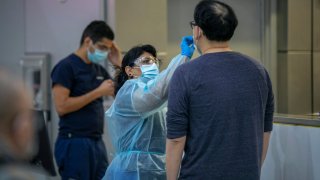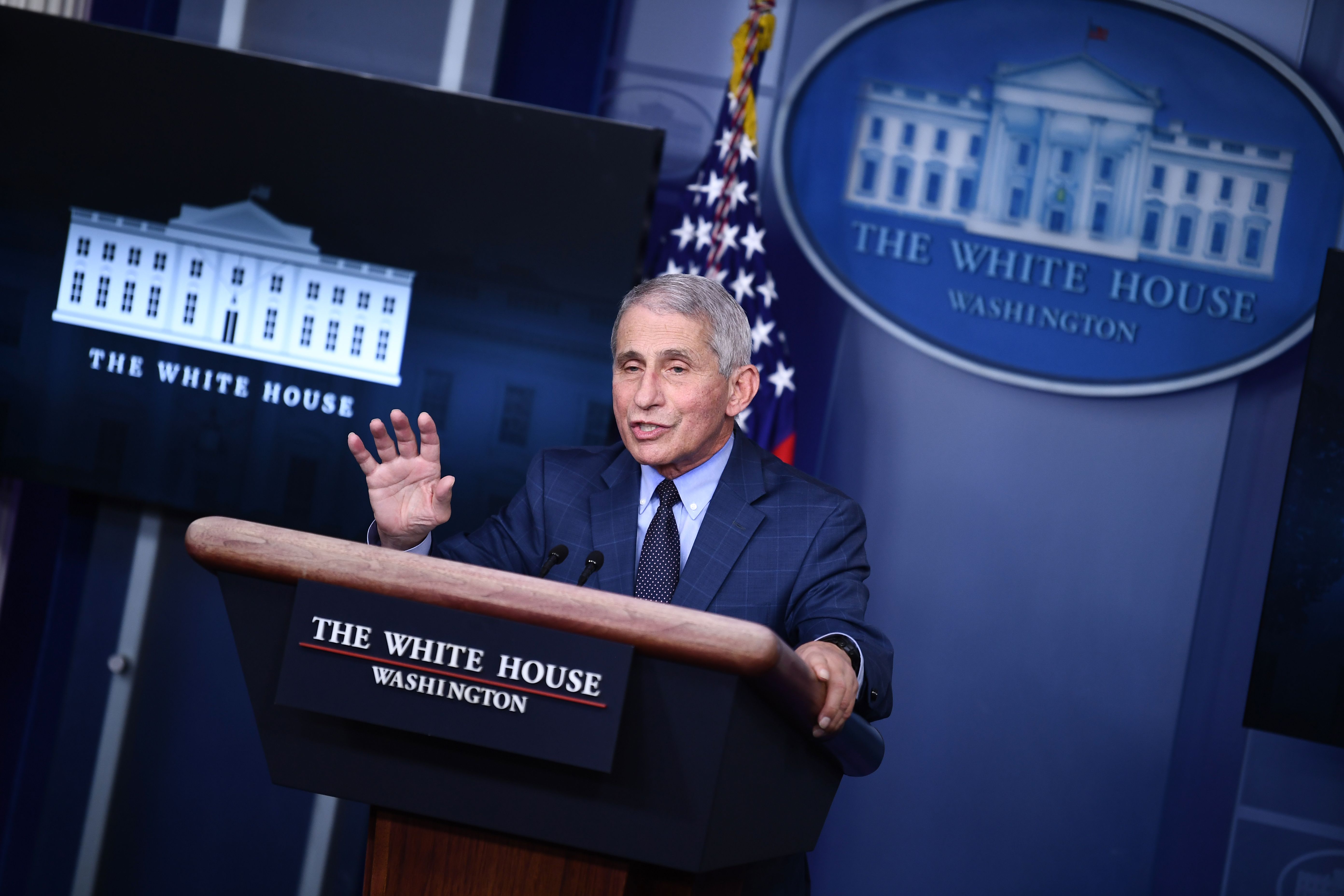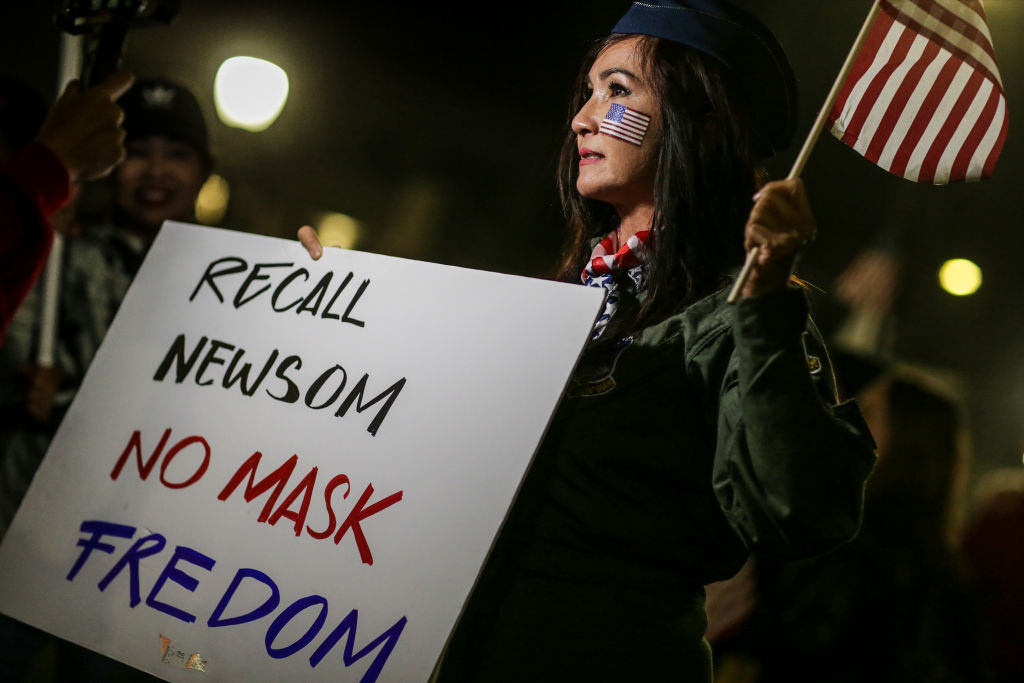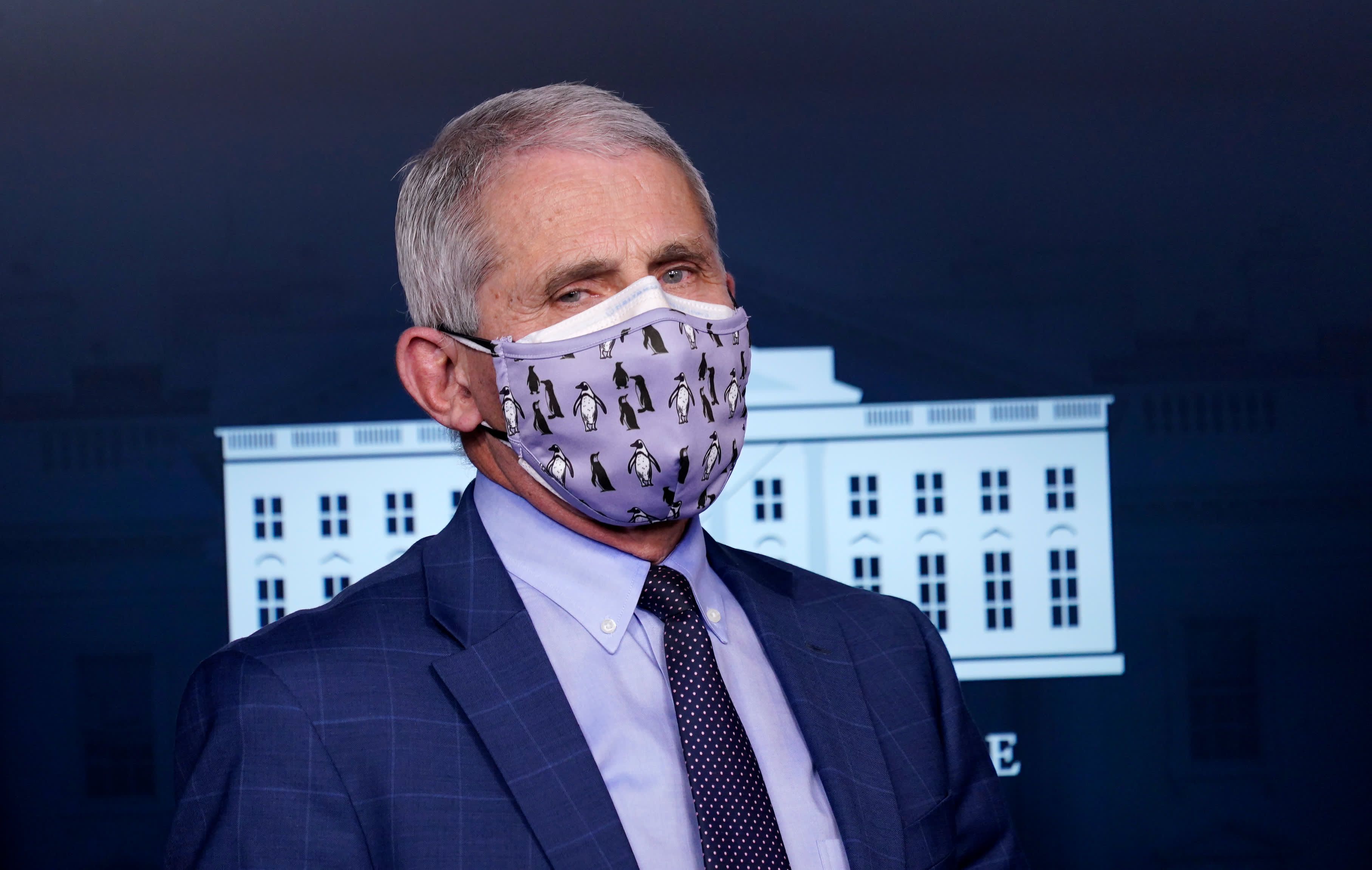
Los Angeles County has reported 5,014 new cases of COVID-19 and 16 additional deaths, bringing the county's totals to 395,843 cases and 7,639 deaths as sweeping new health orders intended to halt the recent surge in cases go into effect.
The number of county residents hospitalized with the virus rose from 1,951 Saturday to 2,049, surpassing the 2,000 mark for the first time since the summer. Of those hospitalized, 24% are in intensive care.
Health officials are urging people to stay at home as much as possible over the next three weeks.
"We have done this successfully before and we can do it again," County Public Health Director Barbara Ferrer said of efforts to stem the surge in new cases, deaths and hospitalizations.
The new measures that go into effect Monday will remain until Dec. 20, according to the Los Angeles County Public Health Department.
The additional safety modifications in the order include the following changes to the existing Health Officer Order:
-- Gatherings: all public and private gatherings with individuals not in your household are prohibited, except for church services and protests, which are constitutionally protected rights.
-- Occupancy limits at various businesses; all individuals at these sites are required to wear face coverings and keep at least 6 feet of distance from others:
-- Essential retail: 35% maximum occupancy;
-- Nonessential retail (includes indoor malls): 20% maximum occupancy;
-- Personal care services: 20% maximum occupancy;
-- Libraries: 20% maximum occupancy;
-- Fitness centers operating outdoors: 50% maximum occupancy;
-- Museums galleries, zoos, aquariums, botanical gardens operating outdoors: 50% maximum occupancy;
-- Mini-golf, batting cages, go-kart racing operating outdoors: 50% maximum occupancy;
-- Outdoor recreation activities all require face coverings (except for swimming) and distancing: Beaches, trails and parks remain open; gatherings at these sites with members outside your household are prohibited. Golf courses, tennis courts, pickleball, archery ranges, skate parks, bike parks and community gardens remain open for individuals or members of a single household. Pools that serve more than one household may open only for regulated lap swimming with one person per lane. Drive-in movies/events/car parades are permitted provided occupants in each car are members of one household.
-- Schools: All schools and day camps remain open adhering to reopening protocols. K-12 Schools and Day Camps with an outbreak (3 cases or more over 14 days) should close for 14 days.
-- Closed nonessential businesses/activities: Playgrounds (with the exception of playgrounds at childcare centers and schools; card rooms;
-- Restaurants, bars, breweries and wineries remain closed for in-person dining and drinking because of the high rates of transmission in the community, as customers are not wearing face coverings, which results in an increased chance of transmission of the virus.
-- Restaurants, wineries and breweries remain open for pick-up, delivery and take-out. Breweries and wineries remain open for retail sales at 20% occupancy.
Ferrer said Saturday the protocols for professional sports teams in the county would not change. "They are and will remain spectator-free."
As for college sports, "We align with the state's collegiate sports directive. Should the state change, we at the local level will change."
Ferrer said officials knew this surge was coming, but "None of us really thought the increase would be so big, across such a short period of time."
She added that with a vaccine expected to be approved for distribution shortly, "the light is there at the end of the tunnel ... but we've got to get there."
According to county estimates released earlier this week, every COVID-19 patient in the county is passing the virus to an average of 1.27 people -- the highest transmission rate the county has seen since March, before any safety protocols such as face coverings and social distancing were in place.
Based on that transmission rate, health officials estimate one of every 145 people in the county are now infected with the virus and transmitting it to others.
"This doesn't include people that are currently hospitalized or isolated at home,'' county Health Services Director Dr. Christina Ghaly said.
"This is the estimate of people that are out and about and infecting others. They may not know they're infected. They may know they're infected and not be isolating. But they're out there and they're exposing other people to the virus."
Ghaly said the number of people hospitalized due to the virus has jumped by 70% in the past two weeks, with the county now averaging about 300 new admissions daily.
"Based on the current estimate for (the virus transmission rate) and assuming that there's no change in people's behavior that would affect transmissions, there will likely be shortages in the number of hospital beds, and especially in ICU beds or intensive-care unit beds, over the next two to four weeks,'' she said.
Ghaly noted that given the current transmission rate, the number of hospitalized patients could double in two weeks, and quadruple in a month. She said hospitals have ``surge'' plans to increase the number of beds, but the availability of health care workers to staff those beds and treat patients is more limited.




